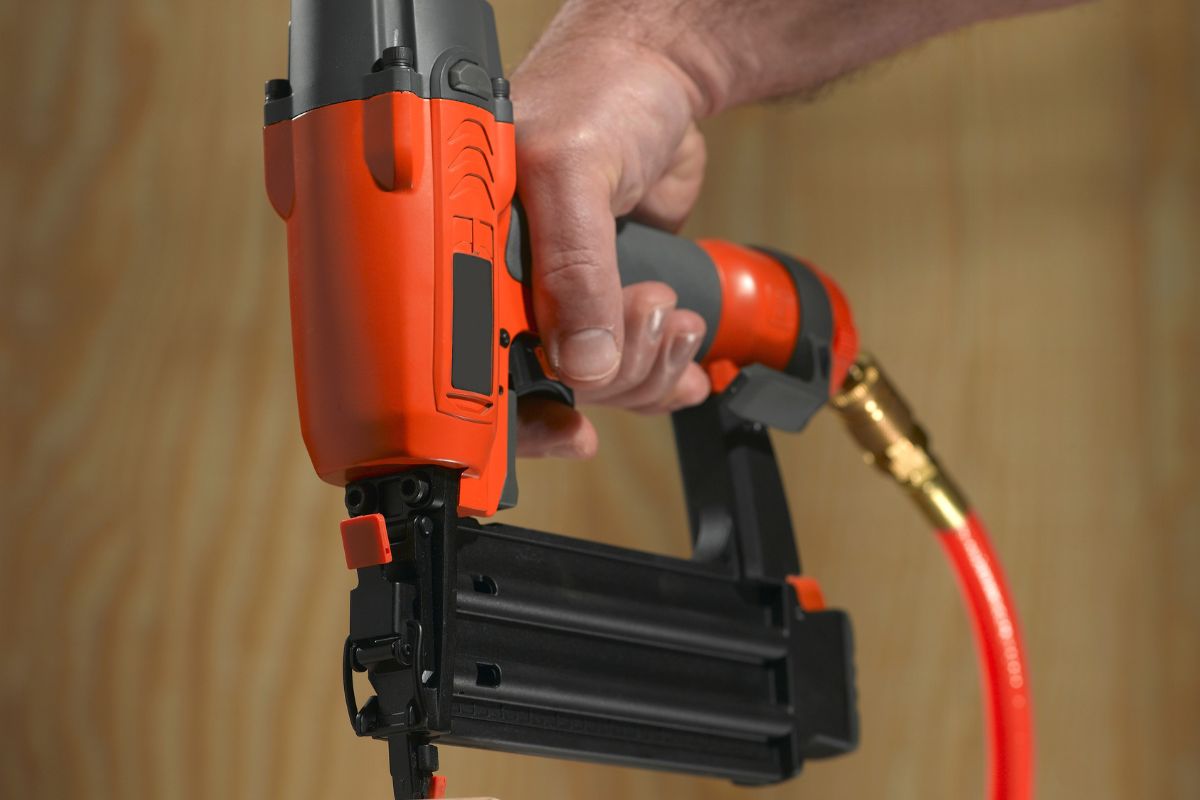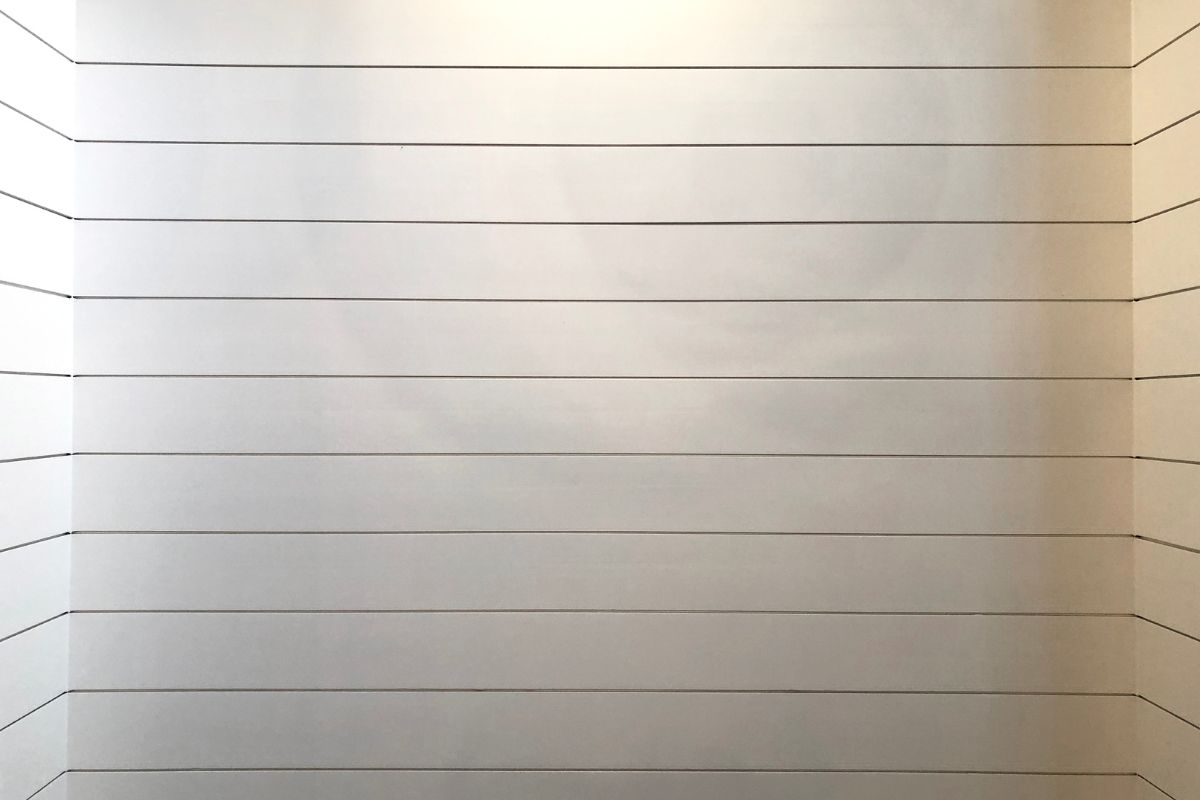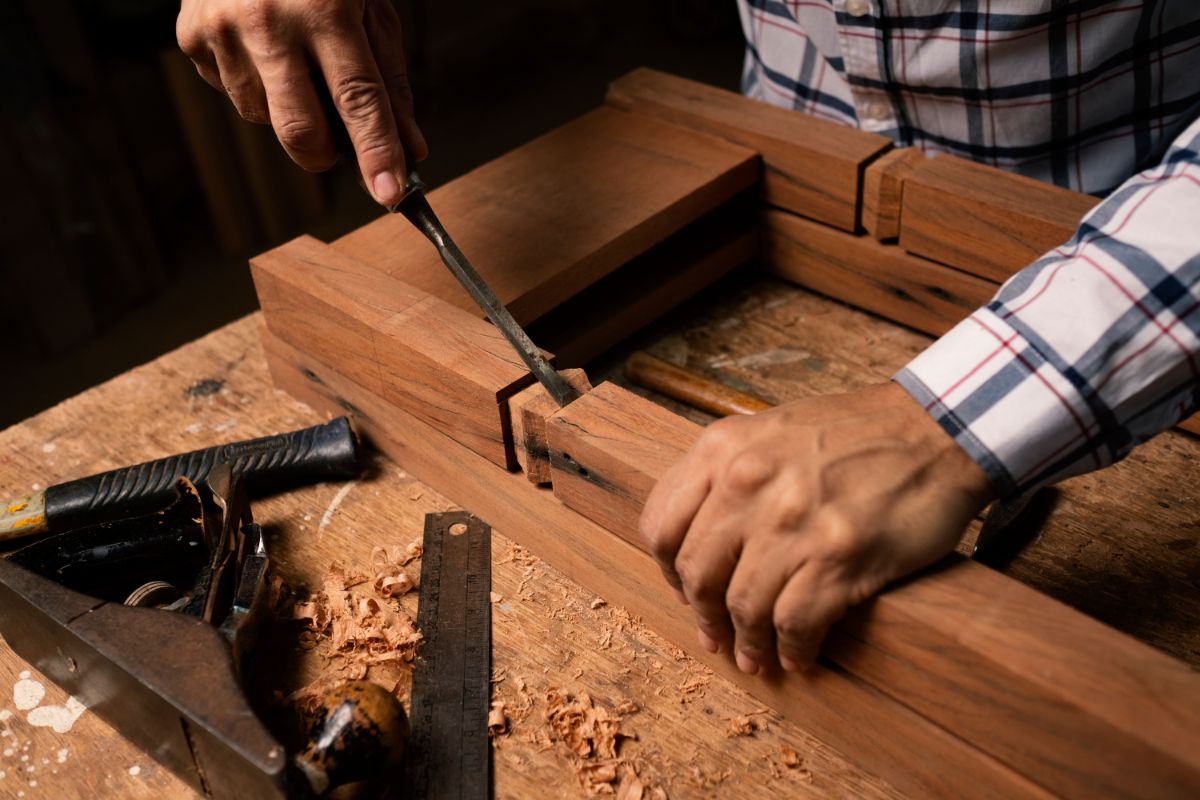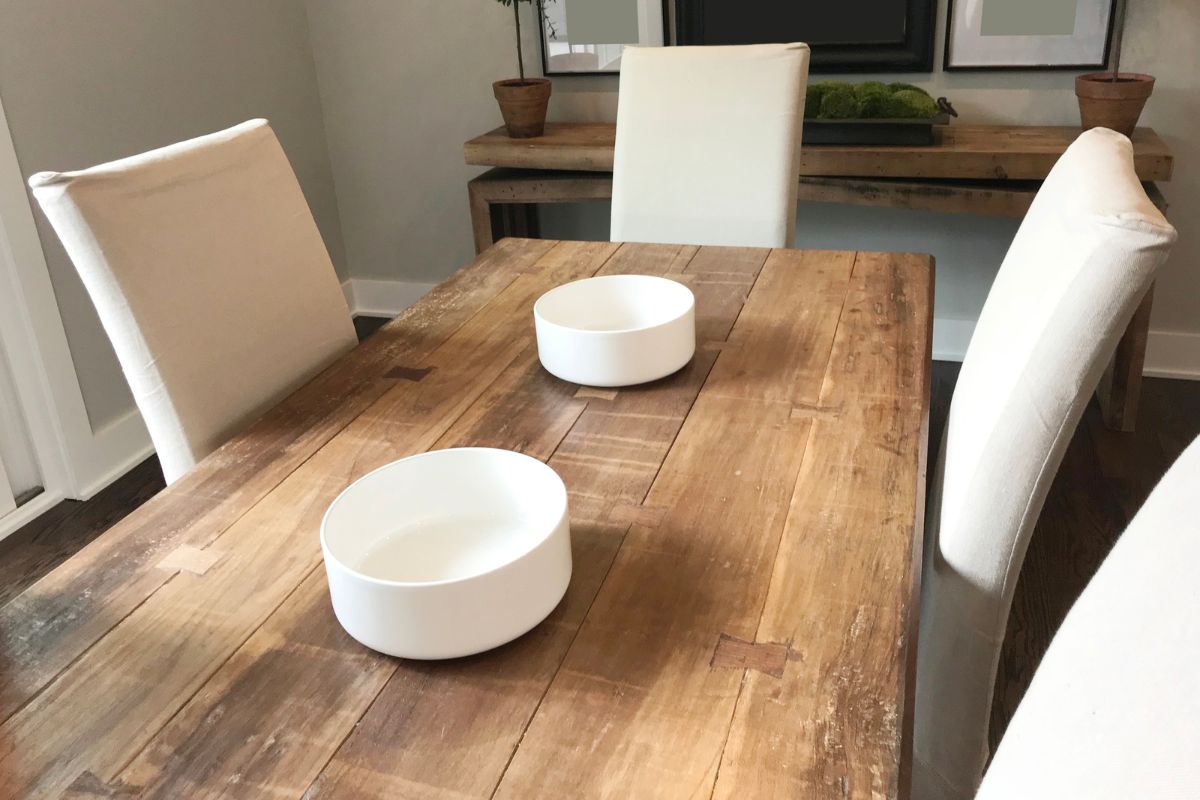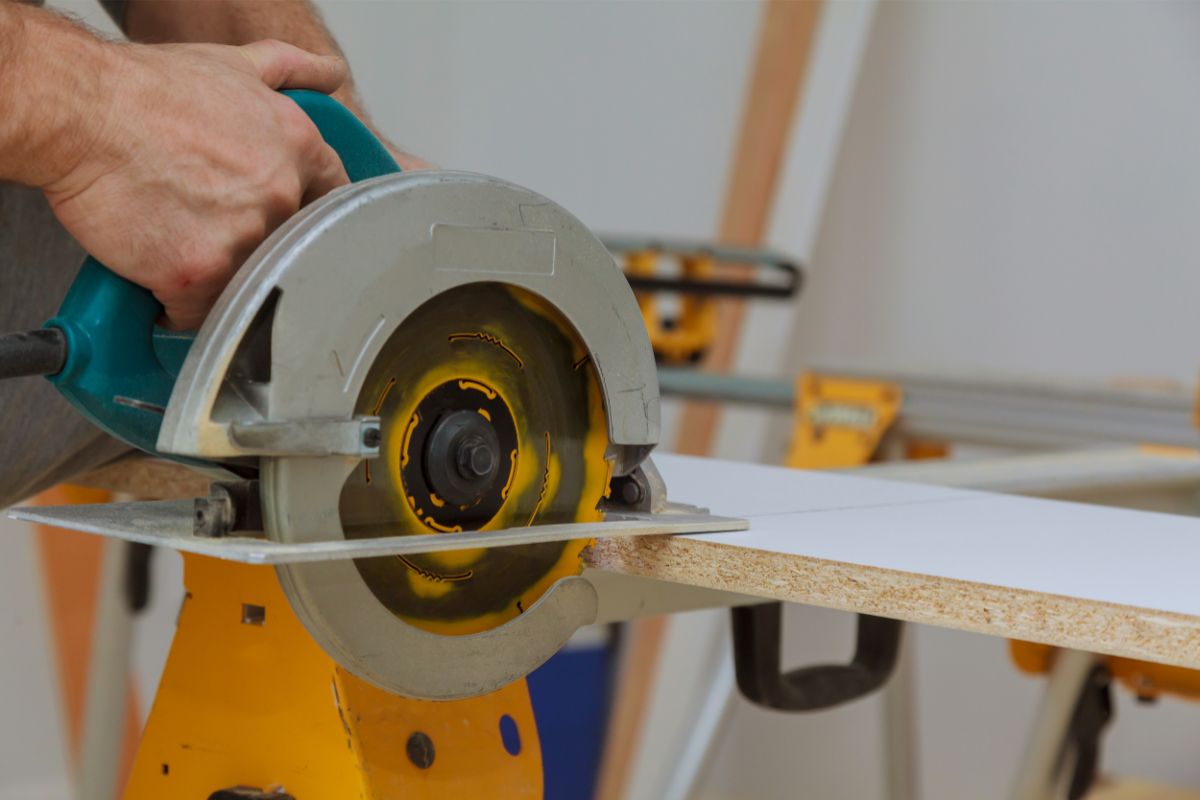When setting out a DIY project, while the tools you need can change depending on the type of material you are using, what you intend to use it for and where you want to place the final construction, the one piece of equipment that you will always be using is a saw, however there is not just one type of saw that fits all situations.
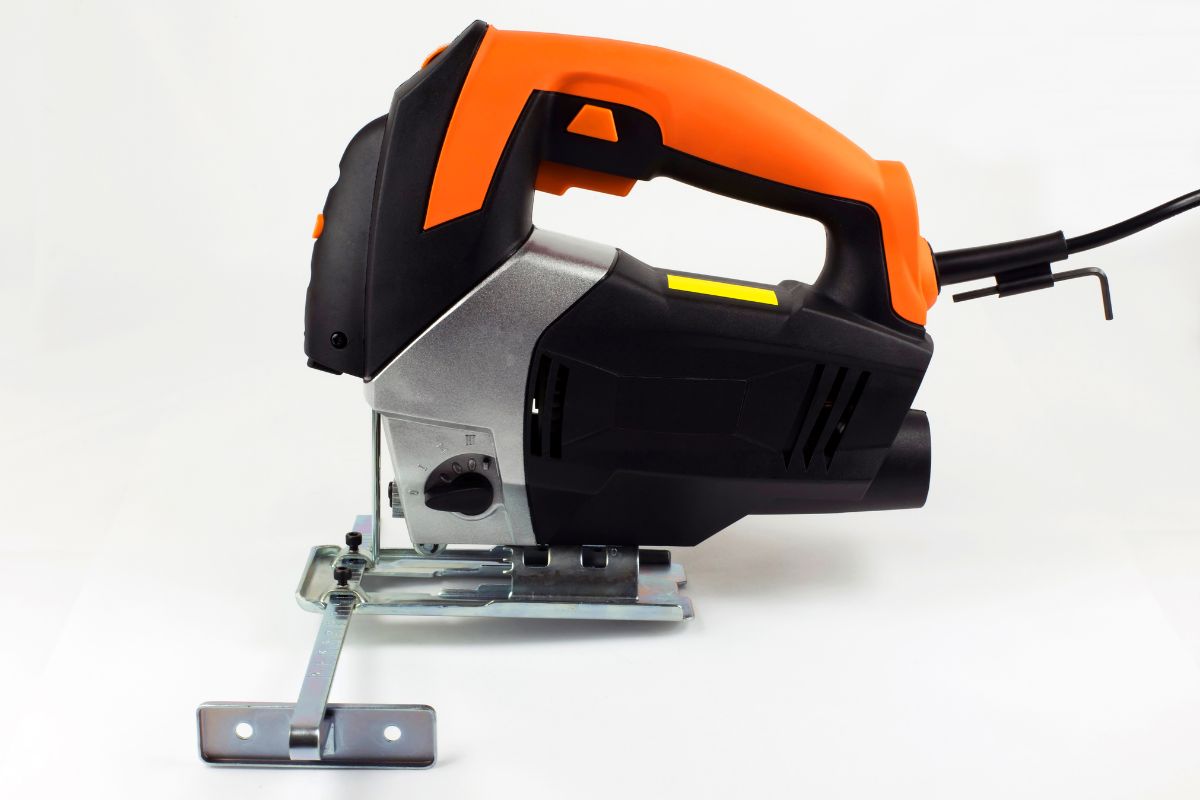
In fact, there are around 33 different types of saws all suited to a specific task, so knowing about the most important ones is vital for getting to know exactly what you will need at the ready when undertaking a project.
Two popular variants that you must know about are the jigsaw and bandsaw, both differ quite a bit in their function and purpose, but when you are looking to cut materials both efficiently and in a range of creative ways, these are two of the very best options you can choose from.
Here is all you need to know about these two saws including what makes them different, and which you should consider picking up.
What Is A Jigsaw?
Starting with the jigsaw, this is a portable power saw that can be used with a variety of blades depending on the application and kind of cut that you intend to make.
The word ‘Jig’ traditionally means ‘Up and down motion’ which is the perfect way to describe the jigsaw as this is the way this saw moves with it’s specialty being in cutting more complicated shapes and patterns that require a bit more of a curved edge rather than simply moving in a straight line as many saws can only do.
They were first made in 1947 when Swiss engineer Albert Kaufmann experimented with replacing the needle on his wife’s sewing machine with a saw blade where he found that a saw could be used to follow a more curved pattern when inserted onto the correct device which are now incredibly popular decades later.
What Is A Bandsaw?
In contrast to the jigsaw, bandsaws use a long sharp blade consisting of a continuous band of toothed metal rotating on opposing wheels which is used to cut materials such as wood, but also metal with some specific models.
While a bandsaw can easily make uniform cuts in a straight line, they can also create wide curves making them incredibly versatile and perfect for projects that require a wide circular cutting motion as part of the process.
While the bandsaw has actually been around since the early 19th century, despite how effective it was it went largely ignored for quite a few years since it was difficult at that time to make saw blades that were robust enough so that they didn’t break due to how demanding the machine is.
Decades later however, and with more efficient and refined blades that can be used, the bandsaw has become a go to in many heavy duty projects that require wider cuts.
Similarities Between The Jigsaw And Bandsaw
While they can differ in a few key departments, it is first worth acknowledging some of the similarities these saws share, since there are actually quite a few that many may not even realize.
Blades
The blades used in both types of these saws are always very thin, specifically because they need a sharp and precise blade to cut through the wide range of materials.
This is not to suggest that both blades are interchangeable, while they can both cut through materials in a similar motion, their exact function is still suited to different DIY cutting purposes.
Straight And Curved Cutting
Because of the sharp and thin blades used by both types of saws, they are both excellent at making quick and easy straight cuts.
They are also both very effective at curved cutting which makes them very unique as opposed to the regular table saw which does not have the ability to do this without there being a risk of the blade breaking or at least getting heavily damaged in the process.
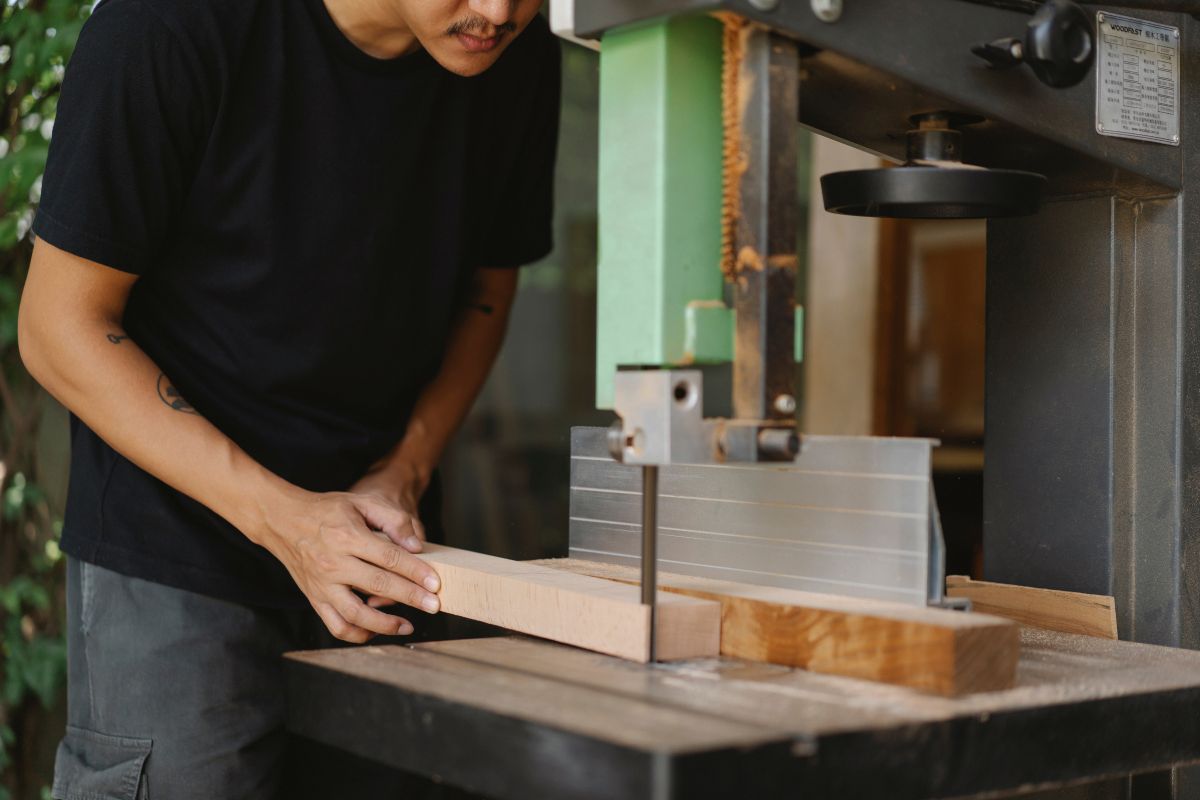
Variety Of Materials
Both the bandsaw and jigsaw use a unique, tall and thin type of blade which allows both of them to cut through many different types of materials.
This includes being able to cut through wood, metal, plastic and even concrete in some cases, so while both are most commonly used for woodwork, they are known for being very versatile regarding what they actually can cut.
Key Differences Between Jigsaw And Bandsaw
While there are a select few similarities between both the jigsaw and bandsaw, these are greatly outweighed by the differences which makes both of them unique and most optimal for particular situations and projects.
If you are new to DIY cutting or if you are a bit more experienced but want to know your way around sawblades just a little better, knowing the differences between them is crucial so that you can make an informed and logical decision when it’s time to start sawing again.
This is especially important for these two saws in particular since if you look up saws that are both straight cutting and can cut curves, both these variants are by far the most popular and can be easily confused as being largely the same, so it’s always crucial to know what each of them excels at.
Cutting Method
While both saws can cut either straight forward or can make curved edges, jigsaws are far more suited to making more narrow and precise cuts.
The blade used in the jigsaw is a little thinner but much easier to control which makes for a much more narrow and tighter cut.
One of the most common types of cuts jigsaws can make is the ‘Plunge cut’ which essentially refers to starting the cut in the middle of the material, rather than on the edges, and then making a shape around this center.
These cuts are especially good when you need to fit a material around an electrical outlet or as a letterbox.
The bandsaw in contrast is more suited to more aggressive cutting of larger pieces of materials.
You can still cut irregular shapes with a bandsaw as you can with the jigsaw, however because it is thicker and a bit more of a heavy duty piece of equipment, it is additionally also commonly used for resawing and ripping lumber and other materials into smaller, thinner slabs.
Additionally, because of how powerful a bandsaw is, it is even used by many butchers to cut through any bones left in meat which helps them cut the exact proportion of meat that they intended, so all in all the bandsaw is more suited to wider, bigger and thicker materials opposed to a jigsaw which is more delicate, narrow and precise.
Weight And Size
Because they are considered as being much more heavy duty in their practical uses, bandsaws are often much heavier and weightier than jigsaws which are far lighter and more often advertised as handheld cutting tools above everything else.
Because of this, the design of the two can vary quite a bit with very few bandsaws being modeled as handheld power tools and instead being much bulkier and heavier to handle which is what makes the rounder cuts a bit harder but also wider, where as the smaller and easier to handle design of jigsaws makes it more easier to curve the blade around while you cut.
On average, a bare jigsaw with no battery weighs between 3lb and 5lb, however with the battery they weigh on average around 7lb.
The average bandsaw in contrast can weigh anywhere between 100 and 275lb, making it much heavier to carry around which can be more of a nuisance when you need to lift up and use the saw more actively.
Cutting Depth
The depth of each cut not only affects how far a saw will reach into the material, it can also greatly affect the lifespan of the saw since a smaller depth of cut will result in more friction when cutting harder layers of a workpiece which will end up shortening the tools overall lifespan.
When it comes to cutting depth, the bandsaw is the far superior tool as the length of the blade and weight of the equipment itself allows you to make long and straight cuts without the tool ever faltering and always maintaining a good depth the entire way through with most models having a cutting depth between 6 to 12 inches.
This is not to suggest that a jigsaw cannot make deep cuts, it definitely can, however because their blades are a little shorter and since you don’t have that extra weight to apply onto the blade itself, the cuts will usually only be between 1 to 2 inches maximum.
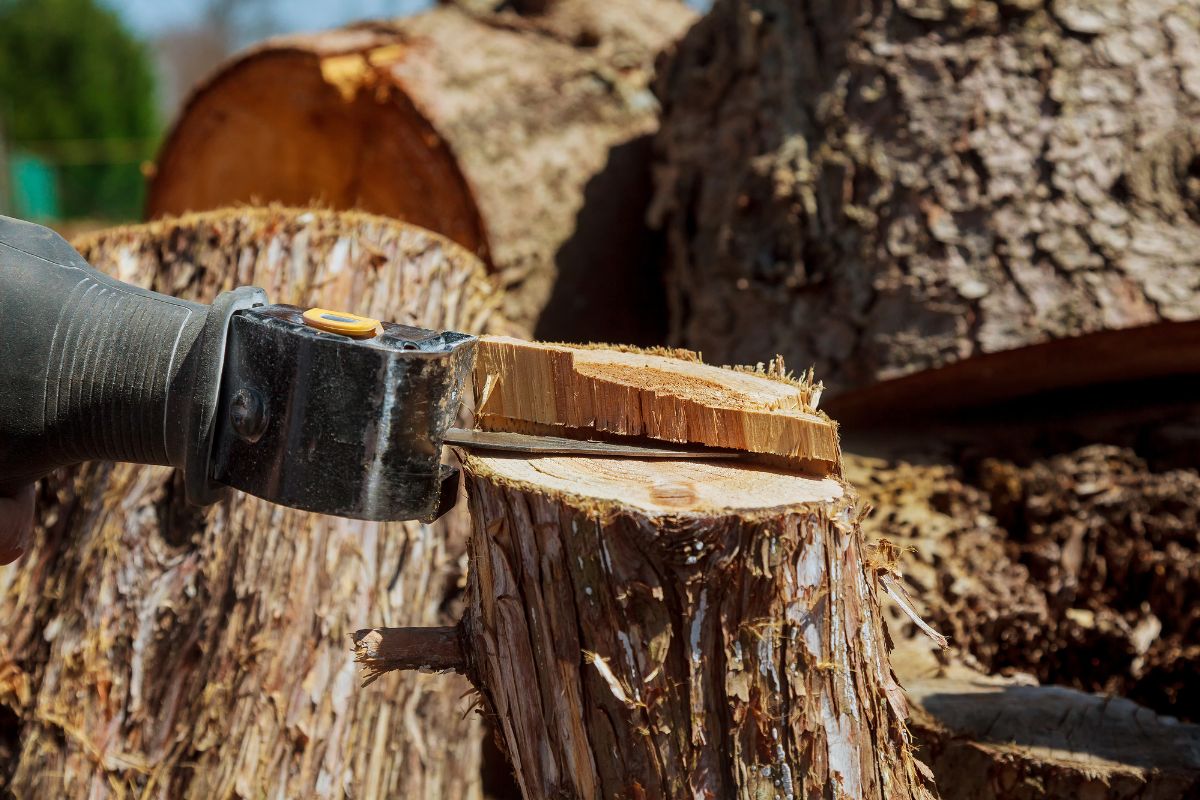
Versatility
If you’re looking to pick up one of these saws for a particular DIY project, then you can quite easily choose the one best suited for your situation, however it can also always be a good choice to also choose one that you know will cover a range of projects in the future.
In this regard, the jigsaw is the much more versatile tool when compared to the backsaw, specifically because of how much more portable it is allowing you to use it on essentially any sized material, which is far more difficult to do with a bandsaw.
This is not only because it is much harder to carry around, but also because it essentially needs to be used on heavier and sturdier materials since smaller pieces can be easily snapped and broken because of the bandsaw’s weight.
You do get an option at least with the bandsaw regarding if you want it to be portable, which does make it a little lighter to carry around and use, or a horizontal bandsaw that uses a clamp machine and is the more common way to cut since it provides much more stability to the material, however this is still overshadowed by the large variation of jigsaws you can pick up.
These include the standard corded jigsaw that are the most powerful variant, the cordless version which offer a huge amount of freedom when cutting, and a pneumatic jigsaw which works in conjunction with an air compressor that are usually used in professional settings for more heavy duty tasks.
You also of course get much more variety when actually cutting with a jigsaw because of how small and lightweight it is, allowing you to get a lot more creative as you can freely move the tool around to make a whole range of different shapes.
This is just a lot harder to do with a bandsaw, however it is important to mention that bandsaws will still be far more versatile than a regular tablesaw since they are still able to cut curves, they are just more suited to much bigger pieces of material where they can cut more accurately.
Precision
When it comes to how accurate each saw actually is, the bandsaw is primarily used and designed for large-scale cutting which also makes it very accurate since it is firm and strong enough to stay in place without jolting around as you use it.
A bandsaw is also far more accurate because you are actually pushing the material itself through the saw rather than trying to guide the blade through the material which can easily cause it to move around while holding it, which you must do with the jigsaw.
Jigsaws are still considered to be fairly precise, however they are not recommended for projects where accuracy is the key.
This is deliberate however since their design is more suited to arts, crafts and creative and decorative home improvement projects where you need the saw to be used in a more circular motion as opposed to a straight line.
The jigsaw however will have more accuracy when it comes to any cut which isn’t a straight line as you can often create a perfectly aligned shape as you go.
Because you actually have to drive the jigsaw through your material coupled with it’s lightweight frame and design, this also can make it a bit more unpredictable when guiding it through so while you can still cut a line into your chosen material just fine, the bandsaw is the far better option if precision and accuracy is what you’re looking for.
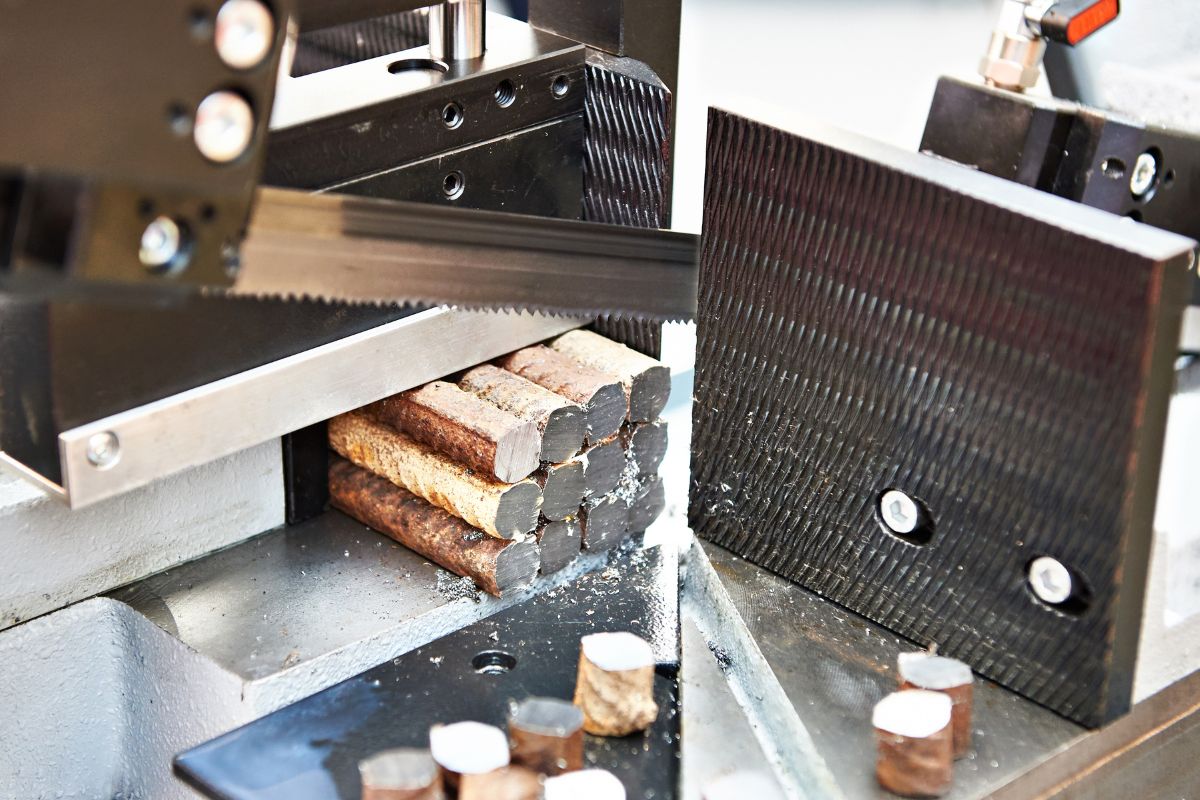
Price
As you might expect, because of the difference in size and design, jigsaws are often far cheaper than bandsaws, despite being much more versatile in many ways, usually costing between $70 to $200 for the higher end models.
Bandsaws on the other hand can vary in cost depending on what type you get.
The portable models are usually between $200 and $300, however the bandsaw cutting machines can start at $1000 and reach up to a few thousand for the model with many more features included to make cutting as easy as possible.
Should I Use The Bandsaw Or Jigsaw?
There are therefore quite a few notable differences between the heavier and more rigid bandsaw, and the lighter but more versatile jigsaw, however when you’re set on one particular project and need to make a decision fast, which will be best suited for your needs?
When To Use A Jigsaw
Simply put, if you want a tool that is fast, easy to use and are looking to get creative with your cutting, then the jigsaw is the way to go.
It is commonly used for decorations or added features rather than actually measuring out and cutting wood along with other materials.
Whether it’s a wooden portable laptop stand, an air compressor cart or even just a few basic stools which can be made in as little as a few minutes, if you aren’t too worried about each edge looking as accurate as possible and want something that will give you a huge amount of variety in the long term, the jigsaw is definitely the best choice.
When To Use A Bandsaw
A bandsaw is very similar to a tablesaw however it does have many advantages over it so whether you’re looking for an upgrade, or if you need a reliable saw that can remain firm and steady for those heavier materials such as metal, the bandsaw is the way to go.
You can still cut curves with the bandsaw, however it’s main area of expertise is in straight lines which it can cut in no time at all.
It is also an extremely safe tool since the blade is so narrow and since it cuts downward, it has the advantage of keeping the workpiece completely solid on the table while you make the cut, so if you are worried about any accidents happening or maybe if you’re new to using saws and want something that will guide you as you use it, this also makes the bandsaw a great option.
Summary
Choosing which type of saw to buy majorly depends on the type of project you are undertaking, and this couldn’t be any more true than with the bandsaw and jigsaw.
If you’re looking for a tool which can cut both straight lines and other unique shapes, then both of these saws will definitely work just fine, however for those more precise tasks where you need more precision and accuracy, or when you want to get a bit more experimental and create some unique designs far easier, then it is always recommended to pick the type of saw which is right for you.
- The Woodworkers Guide to Brad Nailers: Everything You Need to Know - September 25, 2023
- How To DIY An Aztec Garden Dining Table [The Easy Way] - October 18, 2022
- Farrow & Ball Pigeon: Is It Right For Your Home? - October 17, 2022

